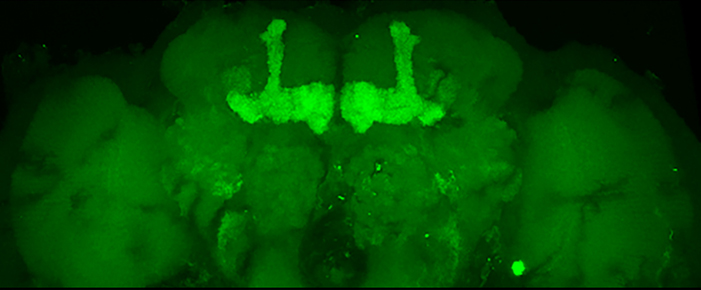The gene editing technology can help reveal secrets of the brain’s function and role in disease.
The gene editing technique CRISPR has been making headlines worldwide for its potential to change the genetic makeup of organisms and treat genetic diseases such as sickle cell anemia. It has vast potential in many areas—including neuroscience.
“Neuroscientists are currently using this technique to unravel how the brain works and hope to one day adapt it to offer treatments and cures for various neurological disorders, with certain forms of blindness perhaps most imminent,” says Kate O’Connor-Giles, PhD, Provost’s Associate Professor of Brain Science. “The possibilities for neuroscience are wide open.”
CRISPR allows researchers to precisely cut and alter the DNA of a cell. Using CRISPR, scientists can probe the genes that underlie nervous system function in model organisms by introducing mutations, including those associated with disease. This allows scientists to study the effects of changes in genes on nervous system development, function, and behavior.
CRISPR consists of two components: Cas9, an enzyme that cuts DNA and is often referred to as molecular scissors, and a synthetic RNA molecule called a gRNA, which can be programmed to recognize specific sites in the genome.
“You can target Cas9 pretty much anywhere in the genome where it will then cleave DNA,” says O’Connor-Giles, who is affiliated with the Carney Institute for Brain Science. “This then opens a window of opportunity for re-coding the DNA by hijacking the cell’s DNA repair machinery. This allows us to do all sorts of things, such as deleting one or more genes or introducing different kinds of mutations.”
Continue reading about how O’Connor-Giles and her team have been using the CRISPR technique, as well as what neuroscientists like her hope to do in the future, ahead of an April 27 Carney Conversations event where she’ll further explore the potential of gene editing technology in neuroscience.




